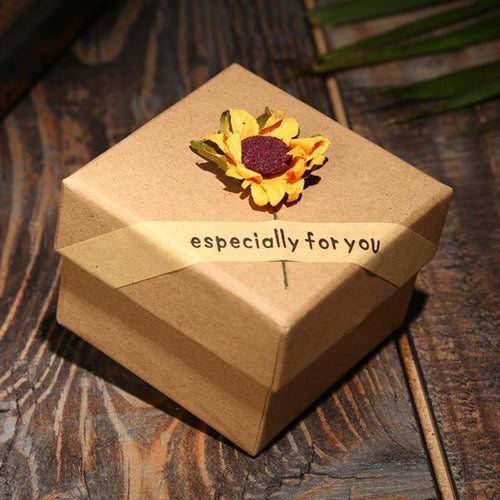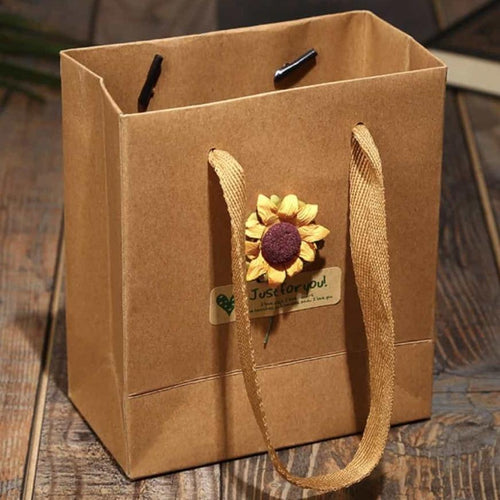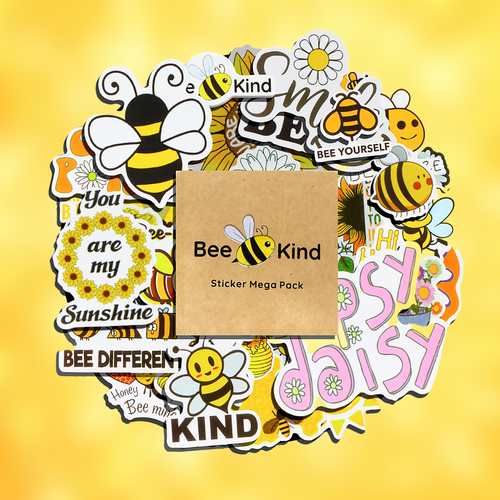Every garden needs pollinators. It is a well-known fact that bees are incredible natural pollinators, and they play an essential part in your garden's ecosystem. Bees pollinate flowers, which allows the plants to produce fruit and seeds. Basically, pollinators are essential because they allow plants to reproduce. Yet, throughout the world this vital group is in crisis. Habitat loss, fragmentation, and the widespread use of chemical pesticides are threatening the insects, birds, and bats that are a crucial part of our ecosystems.
One of the simplest ways to attract bees to visit your garden is by growing particular flowers, that bees love!
Bees are basically looking for two things when they visit your plants:
- Nectar: Nectar is loaded with sugars and it’s a bee’s main source of energy.
-
Pollen: Pollen provides a balanced diet of proteins and fats.
Here are 5 flowers that are super easy to grow, that will help you to attract pollinators.
1. Shasta Daisy

The composite shape of the shasta is what draws bees in. It is also what makes these such efficient methods of helping bees. Bees will land on the big yellow pad we know as the center of the flower.
2. Sunflower

Planting bee-friendly flowers is definitely an easy way to help keep our buzzing friends alive, and the sunflower is the perfect option for a summertime plant. They're rich in nectar, and are the perfect color to attract bees.
3. Echinacea

This perennial flower’s bud pushes itself toward the sun, providing easy access for bees to land on it. These flowers are drought resistant, making them good for the not-so-green-thumbed gardener.
4. Hollyhocks
These flowers come in a variety of stunning, bee-attracting colors, make for excellent garden decor and will return each year for several years.
5. Lavender

Bees go absolutely crazy for lavender, which also has other interesting properties that help with warding off unwanted insects, such as fleas, flies, and mosquitoes.
Lavender is also obviously a very pleasant smelling plant that can be dried and used to fragrance the home.
"There are many other plants that are good for bees. You can use a wildflower guide or contact local nurseries to find your local species."
Here is some advice from the Xerces Society on what to plant to attract more bees to your garden.
- Try not to use pesticides. Most pesticides are not selective. You are killing off the beneficial bugs along with the pests. If you must use a pesticide, start with the least toxic one and follow the label instructions to the letter.
- Grow local native plants. Research suggests native plants are four times more attractive to native bees than exotic flowers. They are also usually well adapted to your growing conditions and can thrive with minimum attention.
- Plant flowers in clumps. Flowers clustered into clumps of one species will attract more pollinators than individual plants scattered through the habitat patch.
- Have a diversity of plants flowering all season. By having several plant species flowering at once, and a sequence of plants flowering through spring, summer, and fall, you can support a range of bee species that fly at different times of the season.
-
Plant where bees will visit. Bees favor sunny spots over shade and need some shelter from strong winds and rain.
Humans can help bees in two direct ways: planting bee-friendly flowers and not polluting them with chemical toxins. Remember: Bees are essential to our gardens. Without their help in pollinating plants, there would be few fruits or vegetables for us to eat.
Sources:
1. The Spruce
2. Gardener's Path
3. West Coast Seeds
A portion of every purchase at Bee Kind Shop is donated to non-profit organizations that help save bee colonies around the globe.












